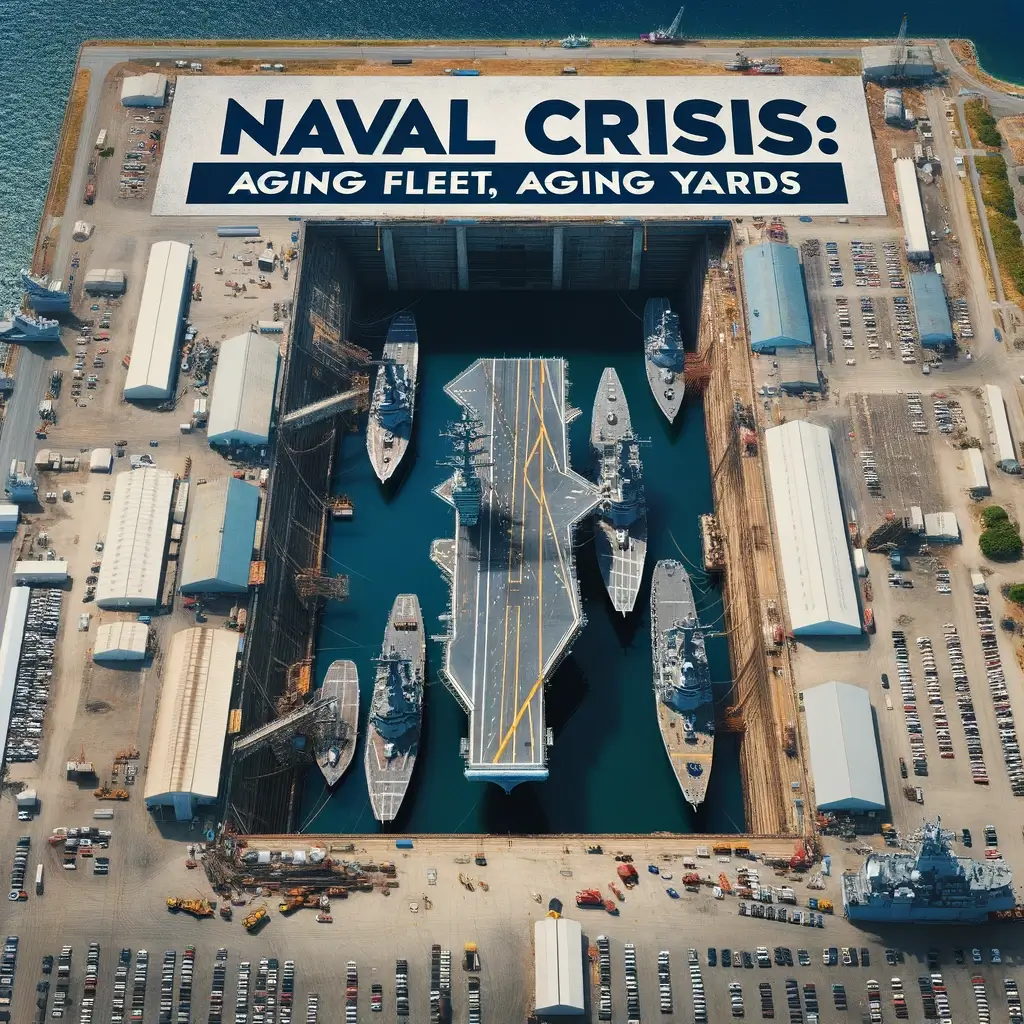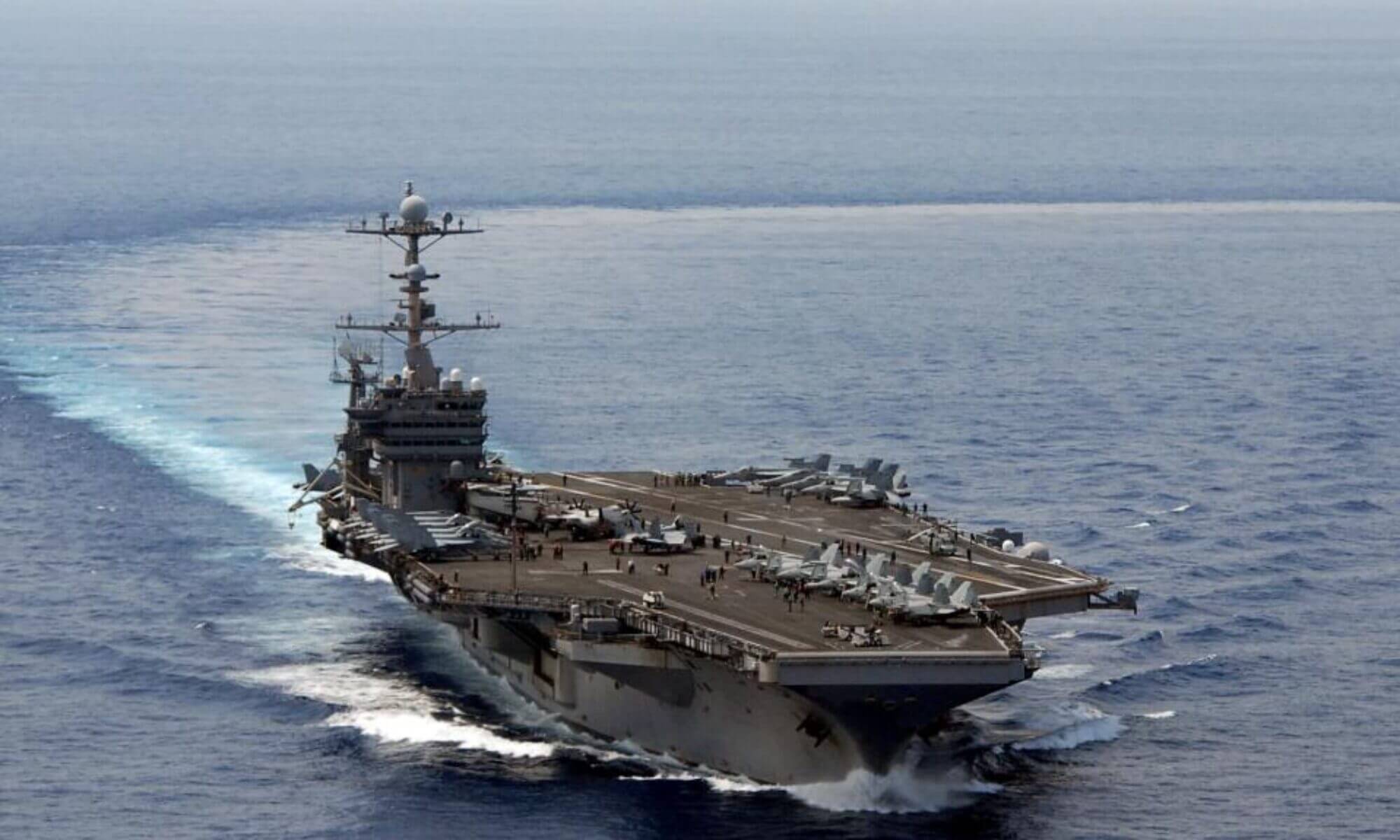
To the members, dedicated friends, and supporters of Americans for a Stronger Navy,

It is with a sense of urgency and commitment to our national security that we delve into an issue of paramount importance – the revitalization of the U.S. Navy’s shipyards. This topic, often overlooked in public discourse, is a cornerstone of our naval strength and a critical factor in maintaining our status as a global maritime power.
The Navy’s four public shipyards — Norfolk, Portsmouth, Puget Sound, and Pearl Harbor — are essential for maintaining submarines and aircraft carriers, ensuring fleet readiness. Originally built for sail- and conventionally-powered ships, these 19th and 20th-century shipyards now struggle to efficiently service modern nuclear-powered vessels. Confronted with outdated facilities and technology, they face increasing maintenance costs, scheduling delays, and reliability concerns.
Recognizing the need for modernization, the Navy initiated the Shipyard Infrastructure Optimization Program (SIOP) in May 2018. Managed by Naval Sea Systems Command with support from Naval Facilities Engineering Command and Commander, Navy Installations Command, SIOP aims to upgrade dry docks, optimize industrial processes, and modernize equipment to meet contemporary standards. This program is a critical step in transforming these historic shipyards into state-of-the-art facilities, aligning them with current naval operational needs.
Why This Matters
The significance of a robust and modern naval force cannot be understated in an era defined by great-power competition and rapidly evolving global threats. Our shipyards are the backbone of this force, serving as the lifeblood that keeps our fleet operational, advanced, and ready for any challenge. However, as recent assessments reveal, the current state of these facilities is far from meeting the demands of contemporary naval warfare and strategy.
Why America Should Care
Every American should be concerned about the state of our Navy’s shipyards. These facilities are not just about maintaining ships; they are about safeguarding our national security, ensuring global maritime dominance, and protecting our economic interests. A powerful Navy guarantees open sea lanes for commerce, deters potential adversaries, and provides a rapid response capability in times of crisis. The efficacy of our Navy is directly linked to the health of our shipyards.
Key Takeaway Problems
Two critical analyses – one from Forbes and another from Maiya Clark, The Heritage Foundation – highlight the pressing issues facing our shipyards:
- Aging Fleet and Infrastructure: Our Los Angeles Class submarines and shipyard facilities have aged, hindering operational efficiency.
- Resource Misallocation: There’s a notable misallocation of resources, with billions being spent on maintaining older vessels instead of investing in newer classes or infrastructure.
- Maintenance Delays: Prolonged maintenance periods are causing significant operational gaps in fleet readiness.
- Inefficient Modernization Efforts: Efforts like the Shipyard Infrastructure Optimization Plan (SIOP) face challenges in funding and execution, threatening their effectiveness.
- Human Capital Needs: A modern shipyard also requires a talented workforce, including engineers and trade personnel, to effectively utilize and maintain the upgraded infrastructure.
How Urgent Is This?
The urgency of this situation cannot be overstated. With each passing day of delayed maintenance and underfunded modernization, our naval capabilities diminish. The world is not standing still; as potential adversaries advance their naval capabilities, any lag on our part creates vulnerabilities. Addressing these issues is not just a matter of military preparedness; it is a necessity for national survival.
Solutions
The path forward requires a multifaceted approach:
- Strategic Investment in Modernization: Fully funding and efficiently executing the SIOP is crucial for modernizing our shipyards.
- Prioritizing Fleet Readiness: The Navy must reallocate resources towards vessels and infrastructure that significantly enhance our naval capabilities.
- Public-Private Partnerships: Leveraging private shipyards for maintenance work can alleviate pressure on public yards and introduce innovative practices
- Boosting Workforce Expertise: Critical for Naval Advancement to complement infrastructure development, prioritizing workforce expertise is vital. The Navy should focus on attracting and nurturing skilled engineers and tradespeople through enhanced training programs and partnerships. This strategic investment in human capital is essential to fully leverage upgraded vessels and facilities, thereby bolstering overall naval capabilities.
- Policy Support and Advocacy: It’s vital for organizations like Americans for a Stronger Navy to advocate for policies that support these changes and raise public awareness about the importance of a modern and capable Navy.
Conclusion
As members, friends, and supporters of Americans for a Stronger Navy, we play a crucial role in shaping the discourse and action around this critical issue.
Our collective voice can drive the change necessary to ensure that our Navy remains the most formidable maritime force in the world.
We must not only understand the challenges but also actively advocate for practical solutions.
The future of our naval superiority and, by extension, our national security, depends on our commitment to revitalizing America’s shipyards. Together, let’s champion a stronger, more resilient Navy for a safer, more secure America.

